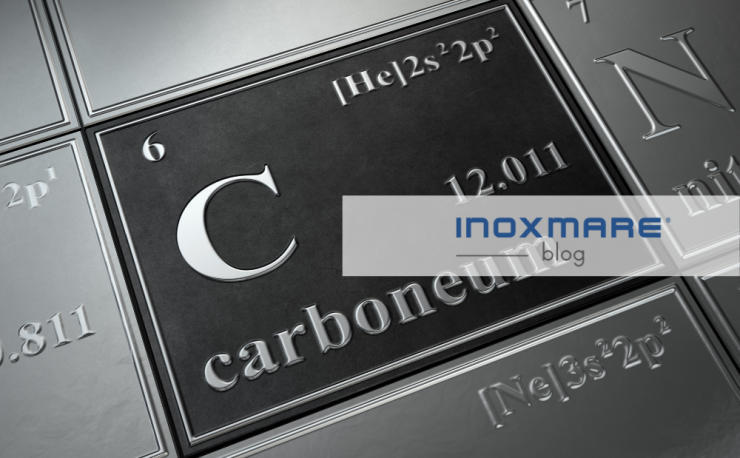
This non-metallic element is one of the most important alloying elements in all metal-based materials. Carbon is always present in metal alloys.
Stainless steel grades.
For example, carbon can be found in all grades of stainless steel, as well as in heat-resistant alloys. Steel, in fact, is a metal alloy consisting of iron and carbon with a carbon content of less than 2.06%. In the most common applications, the carbon content of steels is between 0.2% and 1%.
Common steels.
If steels consist only of iron and carbon, they are considered common. But what characteristics does this element provide when present in high quantities? It is able to increase:
- mechanical resistance
- hardness
- brittleness
- hardening
- castability
- wear resistance.
In addition, it decreases:
- malleability
- weldability
- toughness
- ductility.
Carbon content and hardening hardness: classification.
According to carbon content and hardening hardness, steels are classified as follows:
- Low-carbon steel
- Medium-carbon steel (used for large parts, forging and automotive components)
- High-carbon steel (used for springs, edged tools and high-strength wires)
- Ultra-high-carbon steel (used for special purposes knives, axles and punches)
In general, if the carbon content is low, we will have soft, plastic metals. Conversely, if the carbon content is high, we will have hard and brittle metals.
Visit our website and discover how easy it is for businesses to buy our stainless steel fasteners online.
Want to read more articles? Continue here.